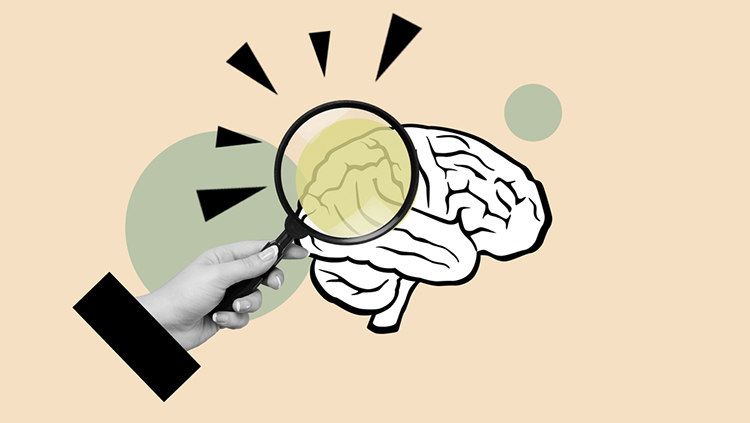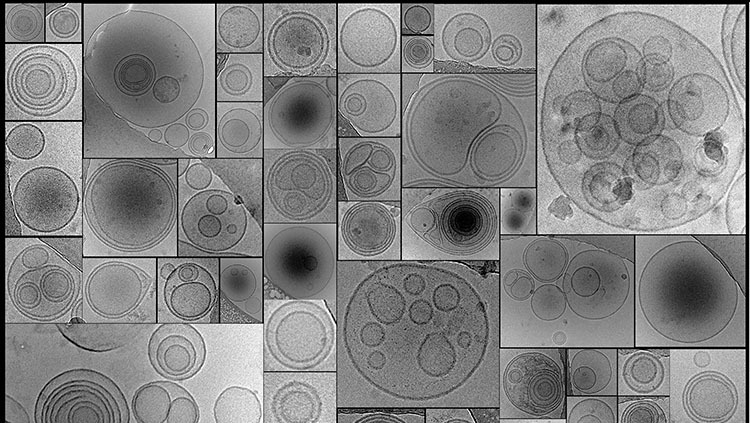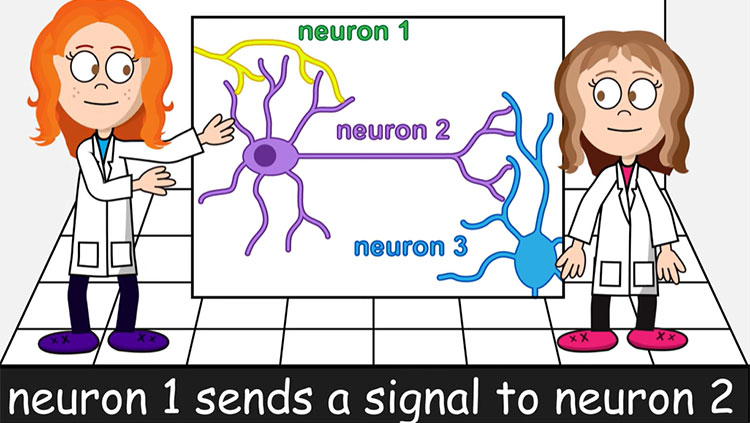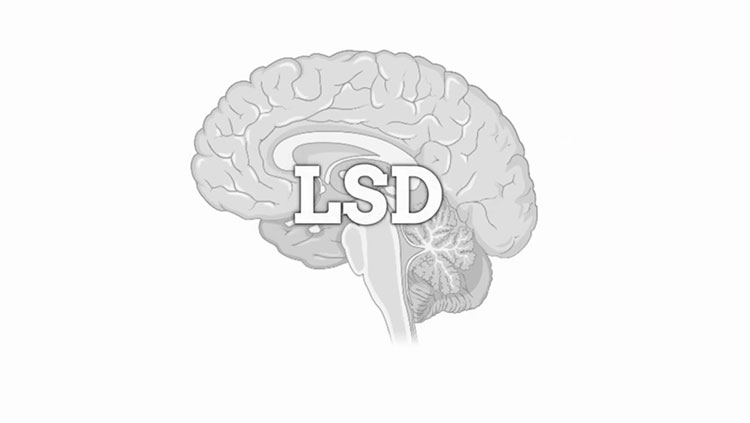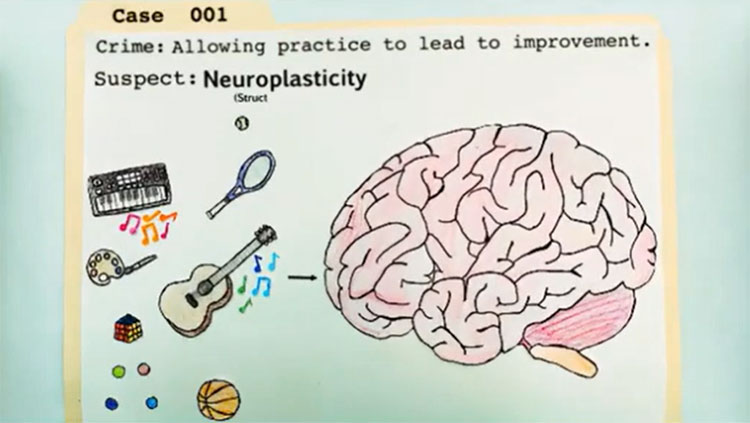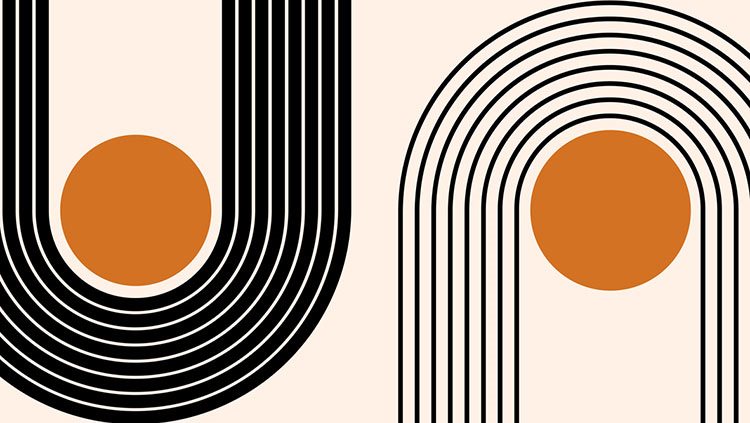The Neuroscience Behind the Placebo Effect
- Published4 Nov 2020
- Source BrainFacts/SfN
Placebo treatments induce real responses in the brain. Believing that a treatment will work can trigger neurotransmitter release, hormone production, and an immune response, easing symptoms of pain, inflammatory diseases, and mood disorders.
This video is from the 2020 Brain Awareness Video Contest.
Created by Katherine Still
CONTENT PROVIDED BY
BrainFacts/SfN
Transcript
You may have heard of the medical phenomenon called the placebo effect. Where a patient with symptoms of disease receives a mock treatment, and somehow, begins to experience relief! New neuroscience research has begun to uncover how the placebo effect works, after centuries of mystery.
Back in 1799, a physician named John Haygarth reported one of the first examples of the placebo effect. He was skeptical of a popular treatment being used at the time for joint pain — the application of metal rods to the body that were thought to draw out pain because of their electromagnetic properties.
Haygarth tested the effectiveness of these rods by making a pair of dummy rods, or placebos, that were wooden and therefore shouldn’t work. Miraculously, he found that patients received just as much benefit from treatment with the wooden rods as the metal ones, suggesting that simply the act of treating a patient, even if the treatment itself does not have healing properties, can be enough to improve patient outcomes. Haygarth wrote up his findings — stating that imagination could be powerful for healing.
There are many more examples of the placebo effect throughout history, in studies on chronic pain, mood disorders, insomnia, and many, many other diseases. But are improved symptoms simply a function of the patient’s imagination, like Haygarth said, or are they a real physiological phenomenon?
Experiments using brain imaging suggest that the brain has a real response to the expectations and context surrounding placebos, which can have an effect on the body. Let’s look at how scientists have figured out how the brain reduces pain in response to a placebo.
Many studies have looked something like this: a number of volunteer test subjects receive two different lotions, one on each arm to prevent pain. They are told that one treatment is a highly effective pain reliever and the other will have no effect. In reality, they are the same cream with no pain fighting properties. Then, a mildly painful stimulus is applied to each arm, and scientists can image the patients’ brains in real-time to see how their brains respond to pain.
It turns out that some brain regions light up more when a patient receives a placebo treatment for pain. One of these is the prefrontal cortex — an area of the brain responsible for high-level thinking that can integrate context clues surrounding a placebo, like a confident doctor wearing a white coat, or the feeling of physical administration of a drug. The prefrontal cortex can then connect to other brain regions that are responsible for making neurochemicals, like dopamine, which signals pleasure, oxytocin, the cuddle hormone, and opioids. Yes, it’s true your brain makes its own opioids naturally, which has a strong calming and anti-pain effect.
In response to the placebo, all of these neurochemicals increase, causing even more opioid to be made by a brain region called the periaqueductal gray. These neurochemicals ultimately signal down at the spinal cord to say “Hey! The pain has been managed!” But placebo effects can also work the opposite way — from the bottom up, by decreasing activity of pathways coming from the spinal cord upwards that signal pain in the first place.
What about besides pain? The brain can also regulate other things after placebo treatment, like hormone production and even immune responses. In both of these cases a small centrally located brain region called the hypothalamus has been mapped to be involved.
So, there you have it, several objective measurements that suggest the brain responds to placebos to actually impact the body. But there is still so much to learn about the placebo effect, like why the brain responds to placebos? It may be advantageous for the brain to stimulate bodily processes immediately, based on context, to get a head start on addressing a problem.
In addition, scientists are now looking into why some people might be more likely to be affected by placebos than others, which could be due to individual differences in neurochemical production and metabolism. Stay tuned in to neuroscience news to better understand the placebo effect in the future, as new findings arise!
Also In Cells & Circuits
Trending
Popular articles on BrainFacts.org


